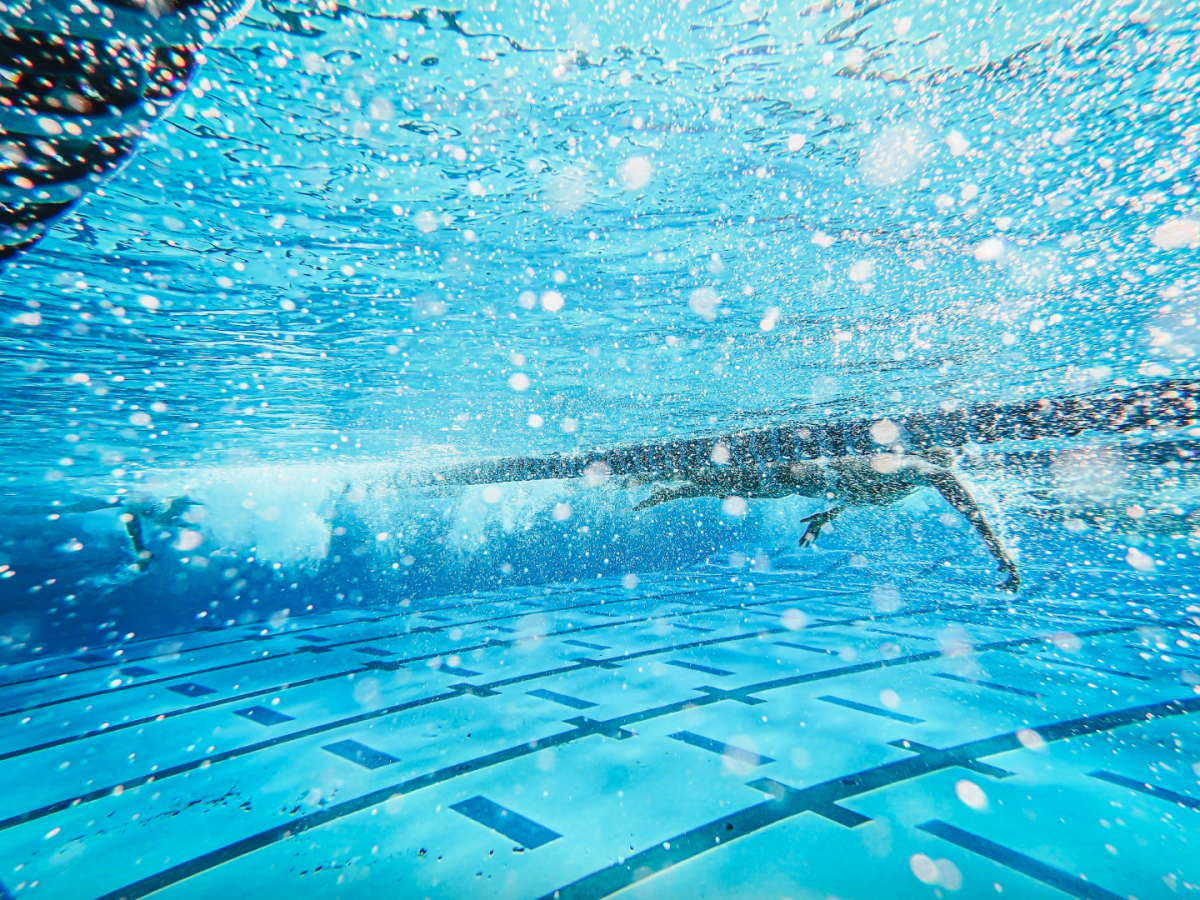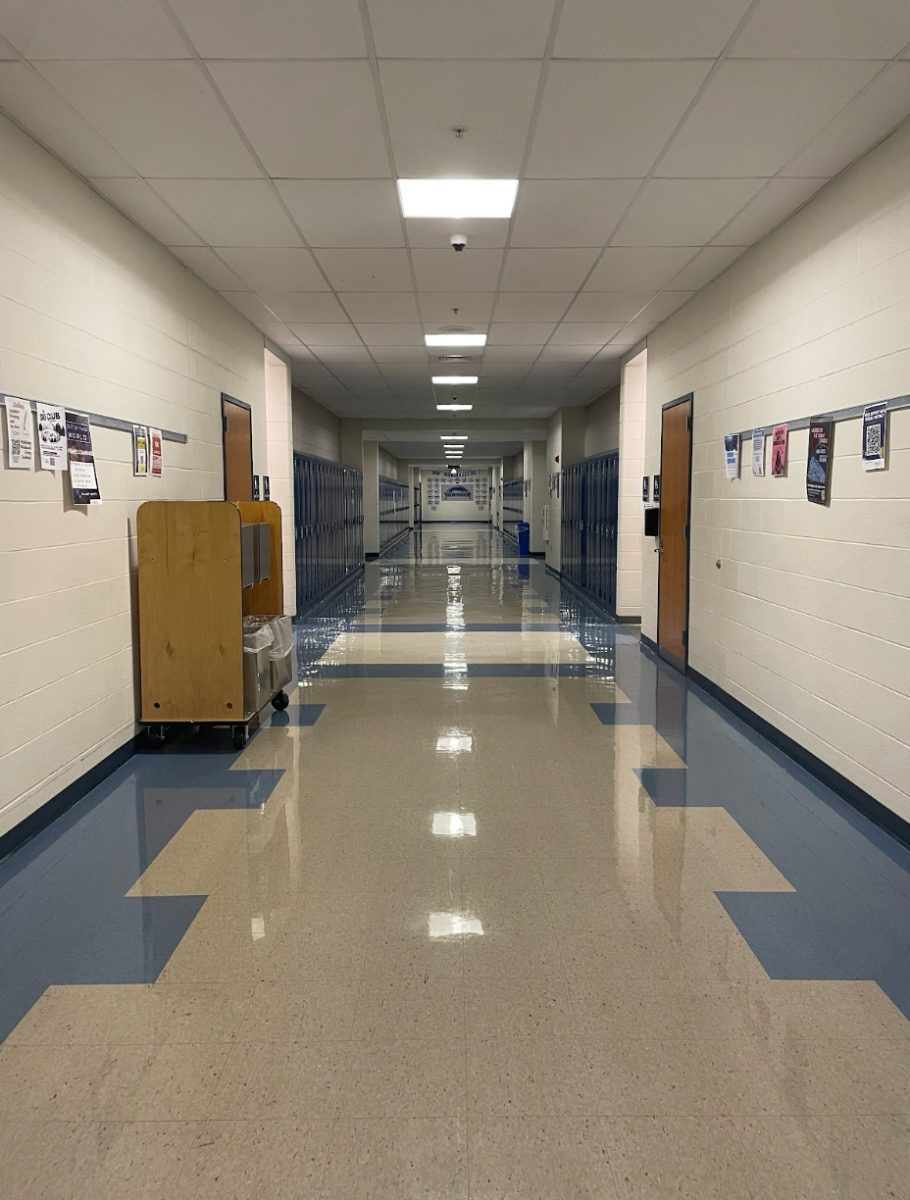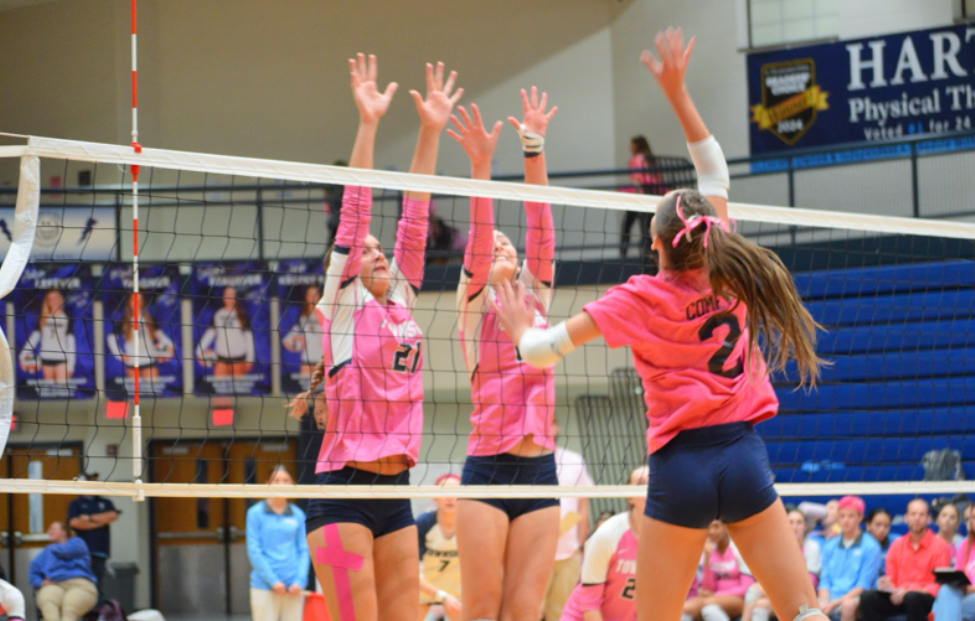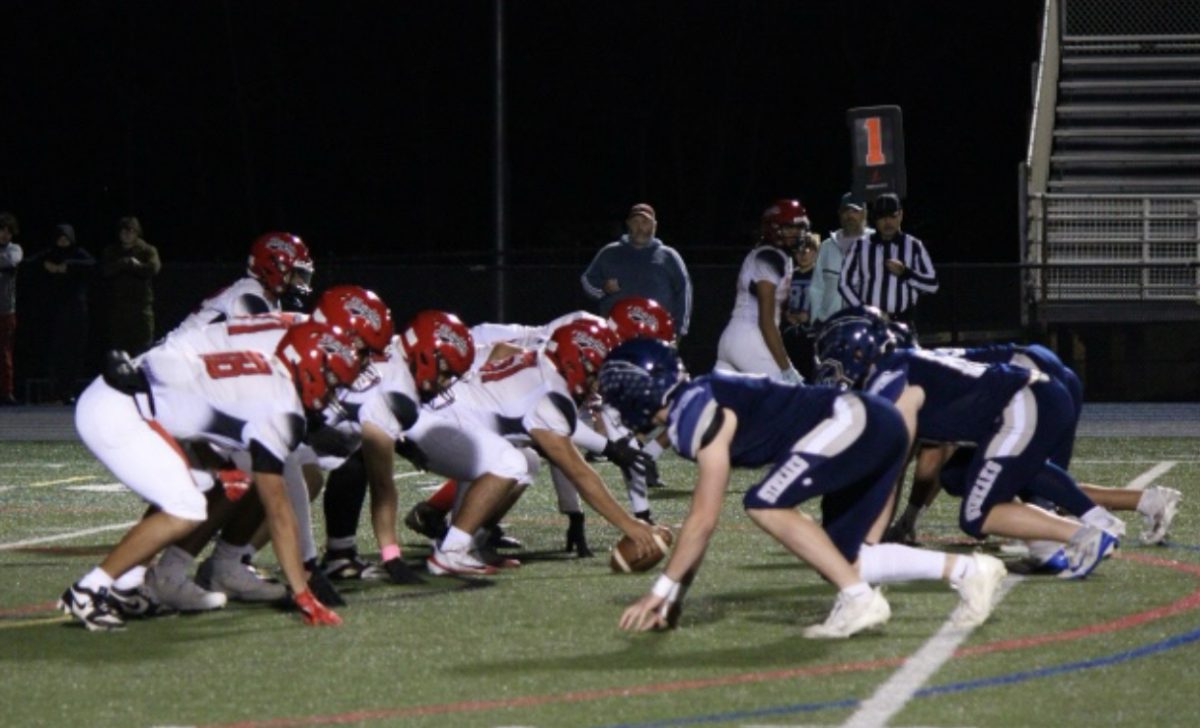Every high school student will swim at least once in their four years at MTHS. The swimming unit is part of all Team Aerobic Games (TAG) and ninth grade courses, the latter being a requirement to pass. Once every week, for a duration of six weeks, gym classes head to MTHS’ natatorium to swim laps, dive off of the diving boards and play ball-oriented sports in the shallow area of the pool. Although it is a required unit of the physical education curriculum, those who cannot swim are allowed to spend the duration of the period in the shallow end. They are not forced to learn to swim and are still graded as any other student would be. Despite this, swimming in PE is important to practice for safety and also enjoyable.
Having the knowledge of swimming and experience can be vital in any given situation that could involve dangerous overflow, flooding, or being submerged accidentally. According to the World Health Organization (WHO), 236,000 worldwide deaths have occurred from drowning all-time, as of July 2023, accounting for 7% of all injury-related deaths and being the third highest cause of unintentional injury death worldwide. With this, only 44% of the world population older than 15 can swim. This means over half the world’s population would not be able to swim to save themselves when in a dire situation. These statistics prove how the ability to swim is a very valuable skill, and the benefits of having a PE course that includes the opportunity to swim.
Despite the benefits, surveyed MT students don’t like swimming in gym. According to a poll of 22 MT students, 14 students said they do not enjoy swimming, six students said they do enjoy swimming, and two students said they are neutral on the topic. Despite the majority of student opinion being against PE swimming, it is not because of the swimming itself, but rather because of other aspects.
“If you can’t swim, you are just shoved into the shallow end and given a beach ball,” sophomore Ever Burton said. “I would maybe understand if those who couldn’t swim were taught how to during these sessions, but that’s not what happens.”
A common opinion among MT students was the fact that swimming itself is not taught in the unit, contrary to other sports in gym courses. It is expected that most students know how to swim, and those who don’t stay in the shallow end.
“I think it’s cool that we can swim and get a gym credit for it. However, I hate the after,” junior Gabbie Reedy said. “I think swimming is fun but the after of it is horrible and you smell like chlorine for the rest of the day.”
“Changing is another issue. The girls locker room only has three bathroom stalls and three showers,” said MT senior Grace Kline. “Depending on the class size this isn’t a problem, but in many classes there are too many people for everyone to have a private changing space.”
These issues, along with many others including dress code differences between boys and girls, represent the disadvantages of PE swimming. The swimming itself was viewed by most poll takers as beneficial, but other parts of the unit make it less enjoyable. Nevertheless, enjoyment and benefits can be found in the swimming course.
“It is my favorite part of gym class. I enjoy it because it gives me a chance to dive on the diving board — something that I rarely get to do,” said MT junior Nick Rockwell. “I’ve learned fun tricks and found myself becoming more confident in swimming and diving.”
“We are very fortunate to even have the opportunity to swim in gym class. Swimming is a lifelong skill, and a beneficial life long exercise, especially as an adult, as it is one of the few ways to exercise without putting too much pressure on your legs,” said MT junior Nathan Whitley. “It is also an important safety skill to learn as people encounter water many places whether on a boat, in the ocean, or in a hotel pool, and being able to swim to save yourself and/or another in an emergency is essential.”















